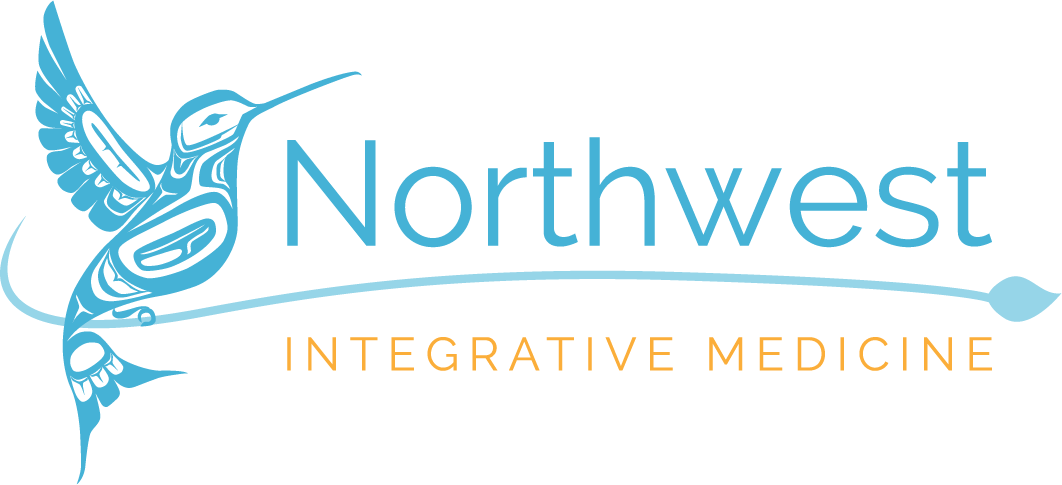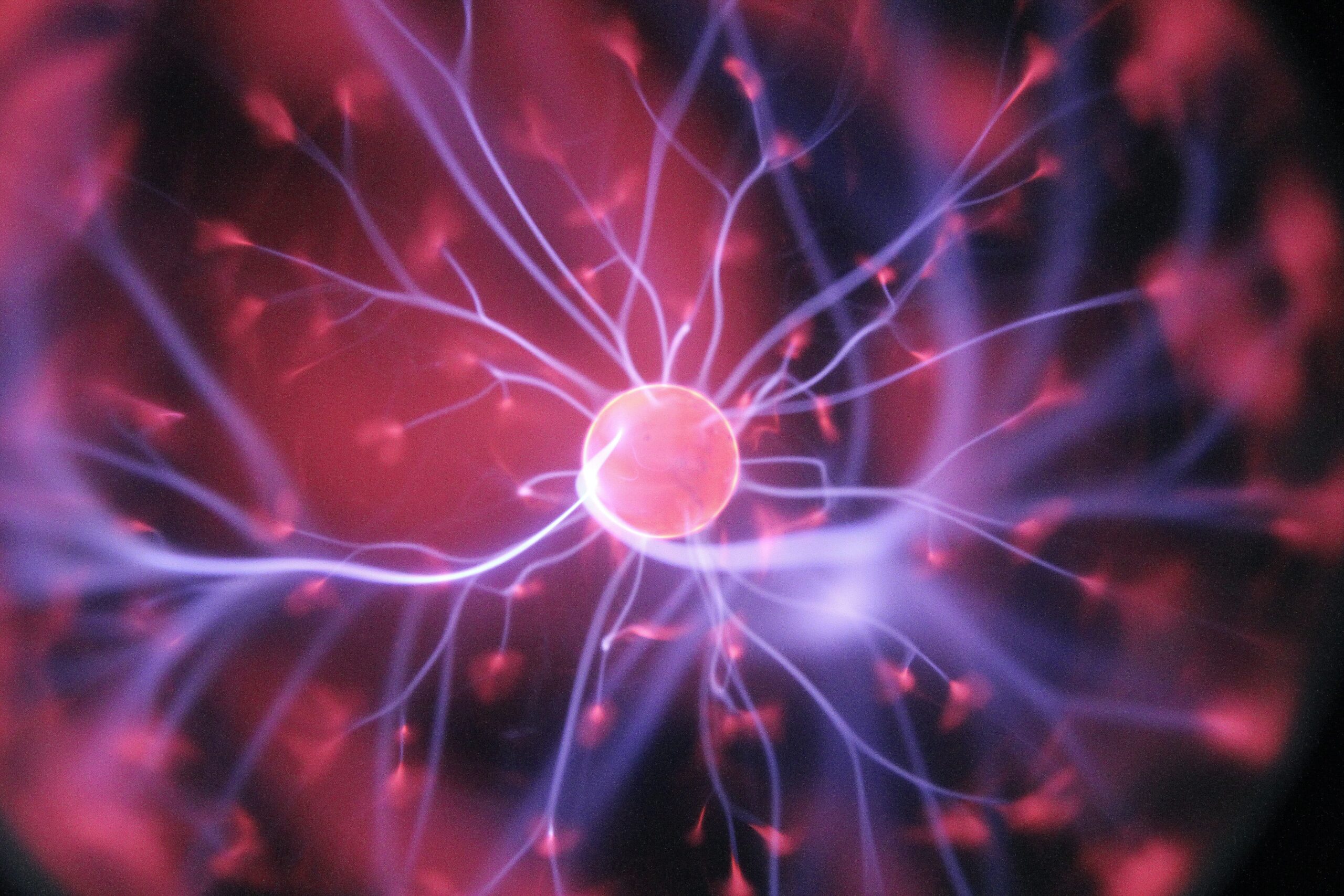The vagus nerve has long been overlooked and is finally getting the street cred it deserves. In true vagus nerve fashion, it didn’t get angry about being ignored for a millennia. It’s not the trigeminal nerve….it doesn’t throw fits. But it does play a very important role in digestion, heart rate, inflammation, mood and pain regulation in the body. In fact, a happy vagus nerve equals a happy and calm human. Recent studies have begun to explore the possible outcomes of vagal nerve stimulation (VNS) and the results are promising.
Studies have used fMRI technology to explore the effects of VNS on the brain. One study showed modulation of the path between the amygdala (the brain’s alarm system) and other parts of the brain. This same study showed a correlation between VNS brain modulation and a significant decrease in symptoms of depression. Another study showed that VNS can increase norepinephrine (helps focus, memory and alertness) and serotonin (decreases anxiety, improves mood) in the brain. Studies also support the efficacy of VNS in migraine reduction, insomnia, anxiety, depression, fibromyalgia and IBS.
So what is VNS and how does it work? The vagus nerve has a small branch that is accessible via the tragus of the ear. Here, two non-painful electrical currents are delivered to the vagus nerve via small clips conducting the current. Treatment is non-invasive, easy to administer and takes approximately 20 minutes a day. Are you looking for an alternative to medications or a way to augment your current treatment plan? Stimulating the vagus nerve just might be worth exploring.
1. Badran BW, Dowdle LT, Mithoefer OJ, et al. Neurophysiologic effects of transcutaneous auricular vagus nerve stimulation (taVNS) via electrical stimulation of the tragus: A concurrent taVNS/fMRI study and review. Brain Stimul. 2018;11(3):492-500. doi:10.1016/j.brs.2017.12.009
2.Liu J, Fang J, Wang Z, et al. Transcutaneous vagus nerve stimulation modulates amygdala functional connectivity in patients with depression. Journal of Affective Disorders. 2016;205:319-326. doi:10.1016/j.jad.2016.08.003
3. Gottfried-Blackmore A, Habtezion A, Nguyen L. Noninvasive vagal nerve stimulation for gastroenterology pain disorders. Pain Manag. 11(1):89-96. doi:10.2217/pmt-2020-0067

